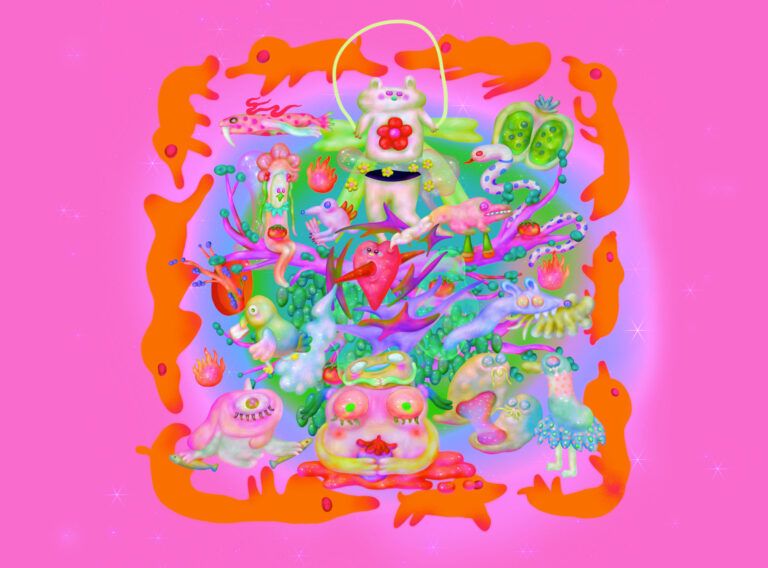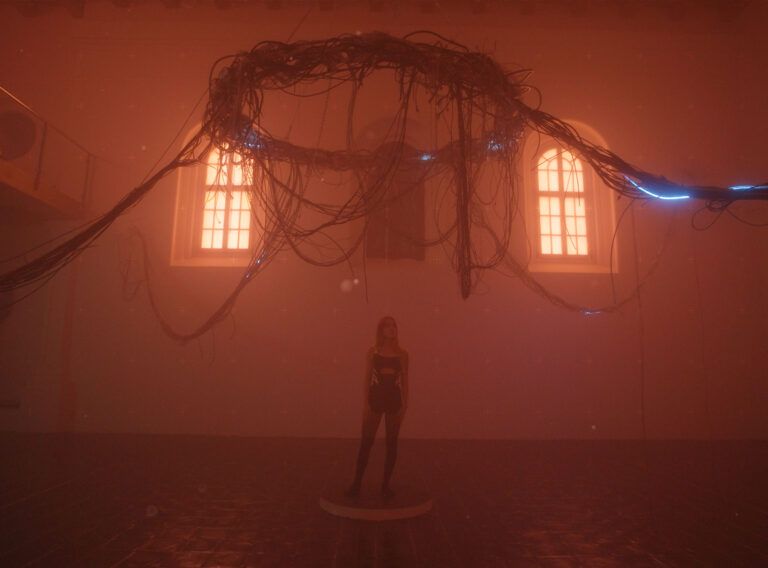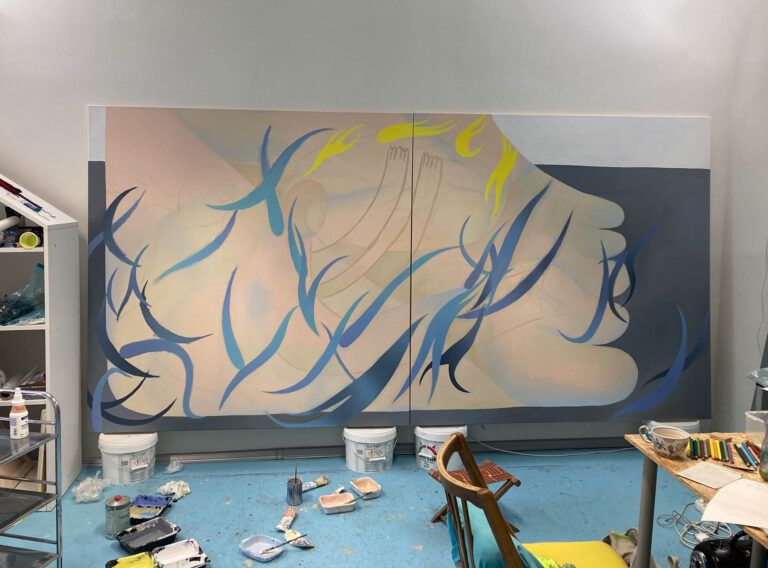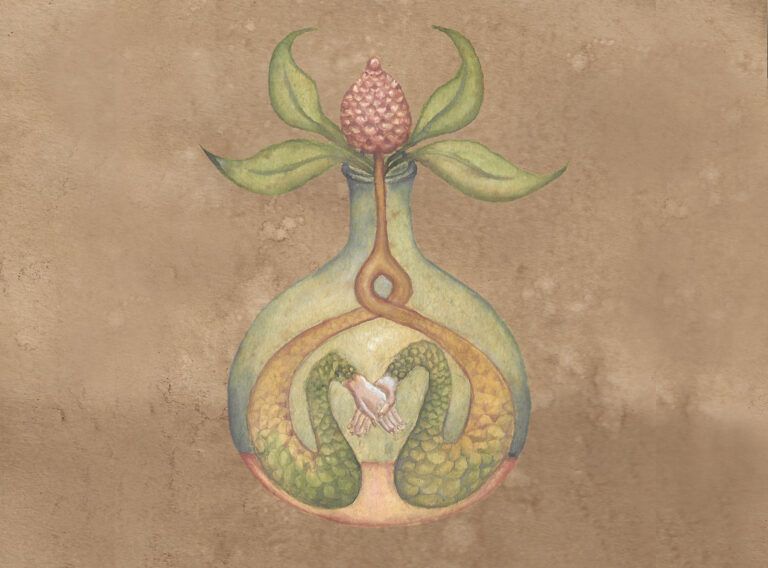The Weekend series consist of seven paintings and one poster and is supposed to show a really bad holiday. Each work is labelled by the name of a day and a precise timestamp. Through the techniques of spray paint, and acrylic and oil pencils on wood, Jul wishes to translate emotions, materials, and movements. As he told us, living in the country in the south of France influences his work significantly and among the stones, forests, and beautiful skies, one can find intangible ideas of violence accompanied by “romantic and soft points of view” of the surrounding world.
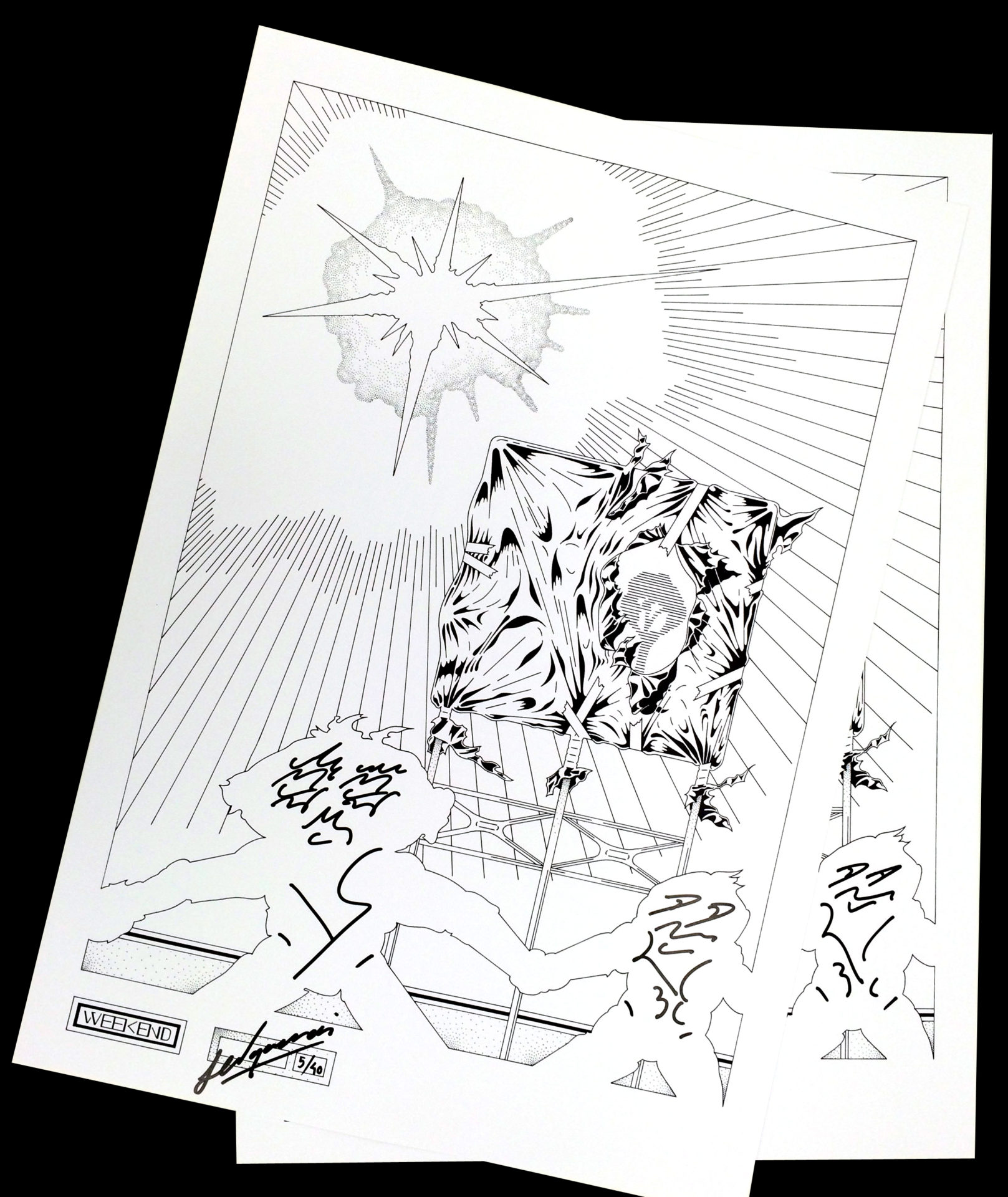
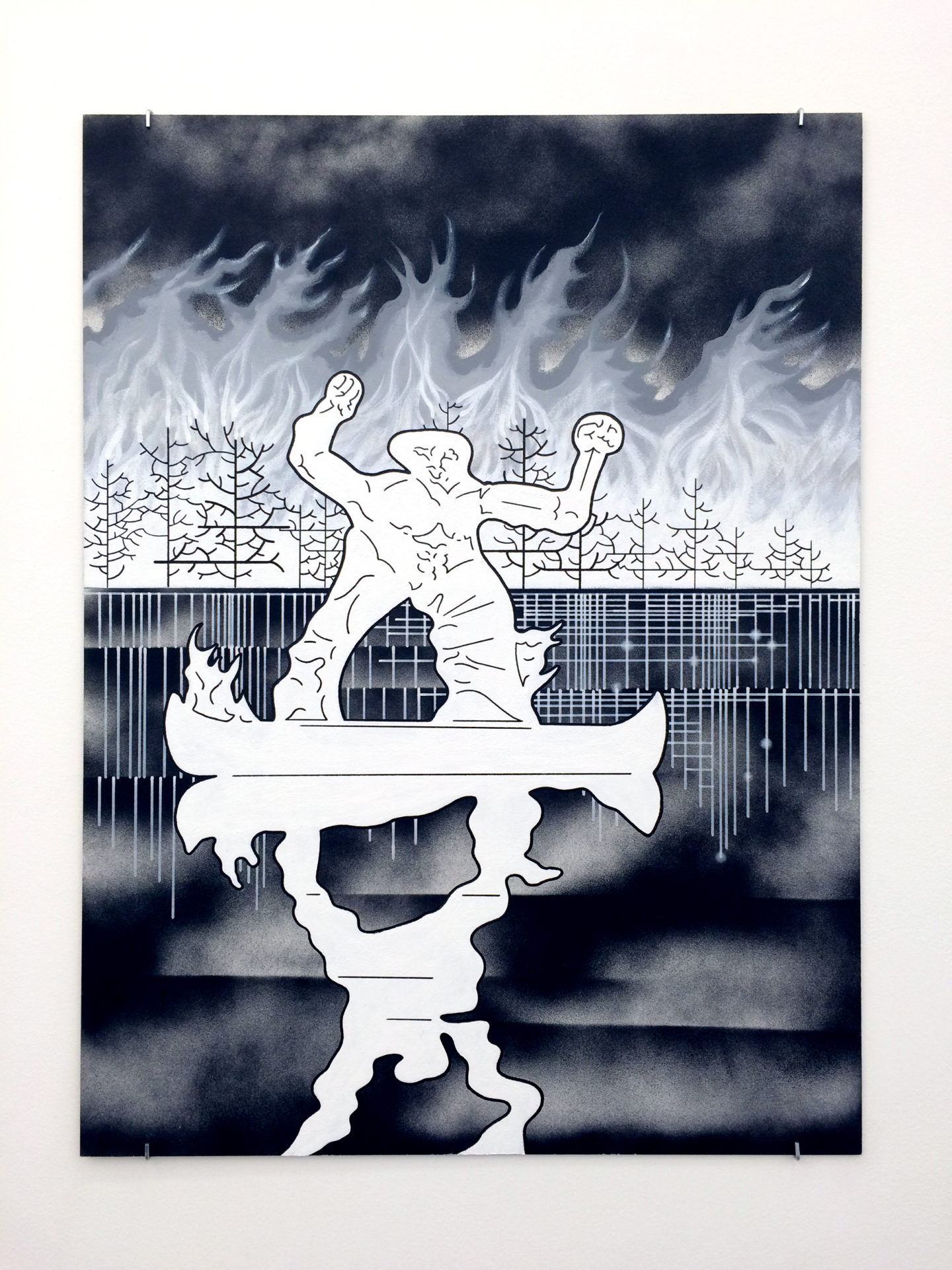
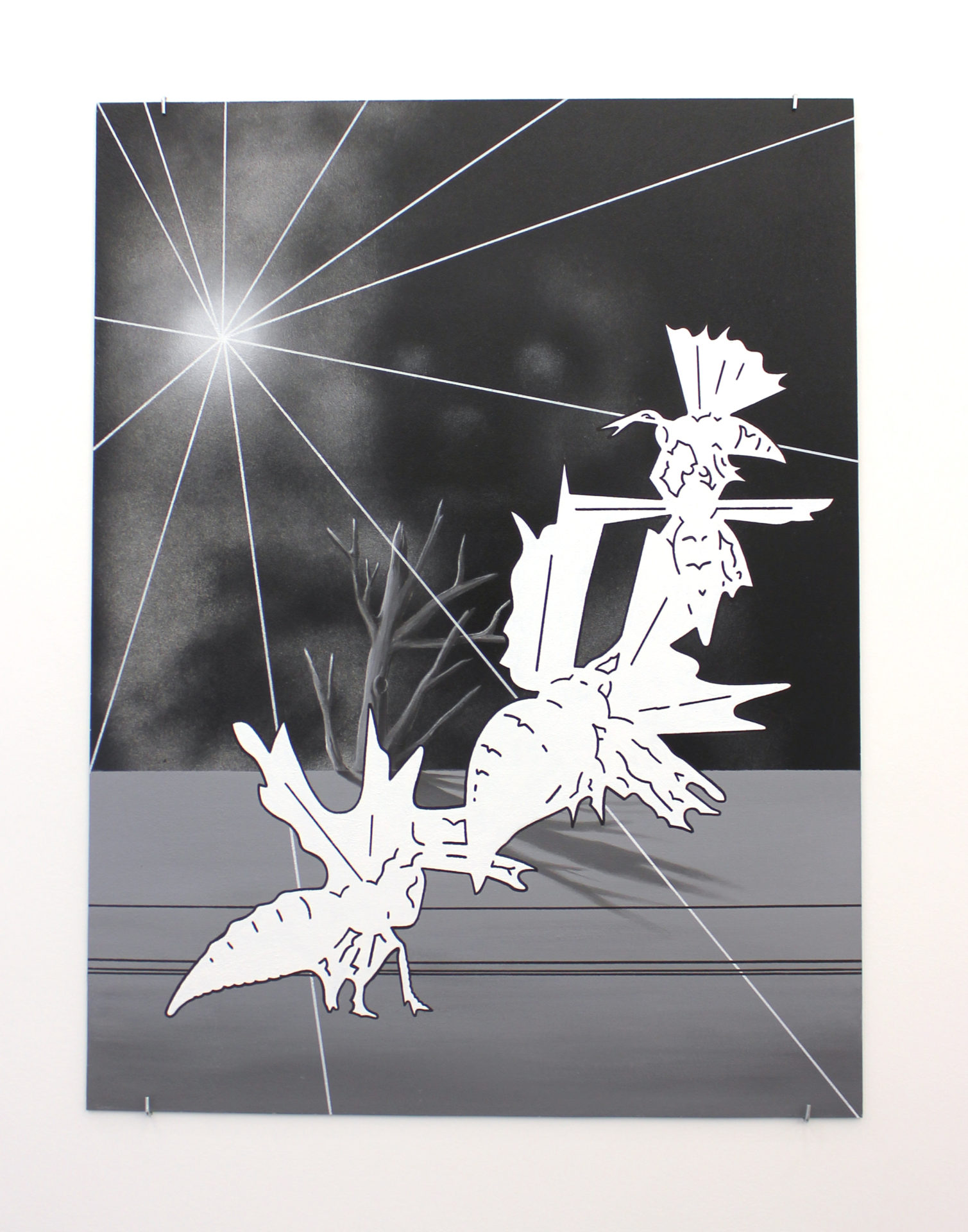
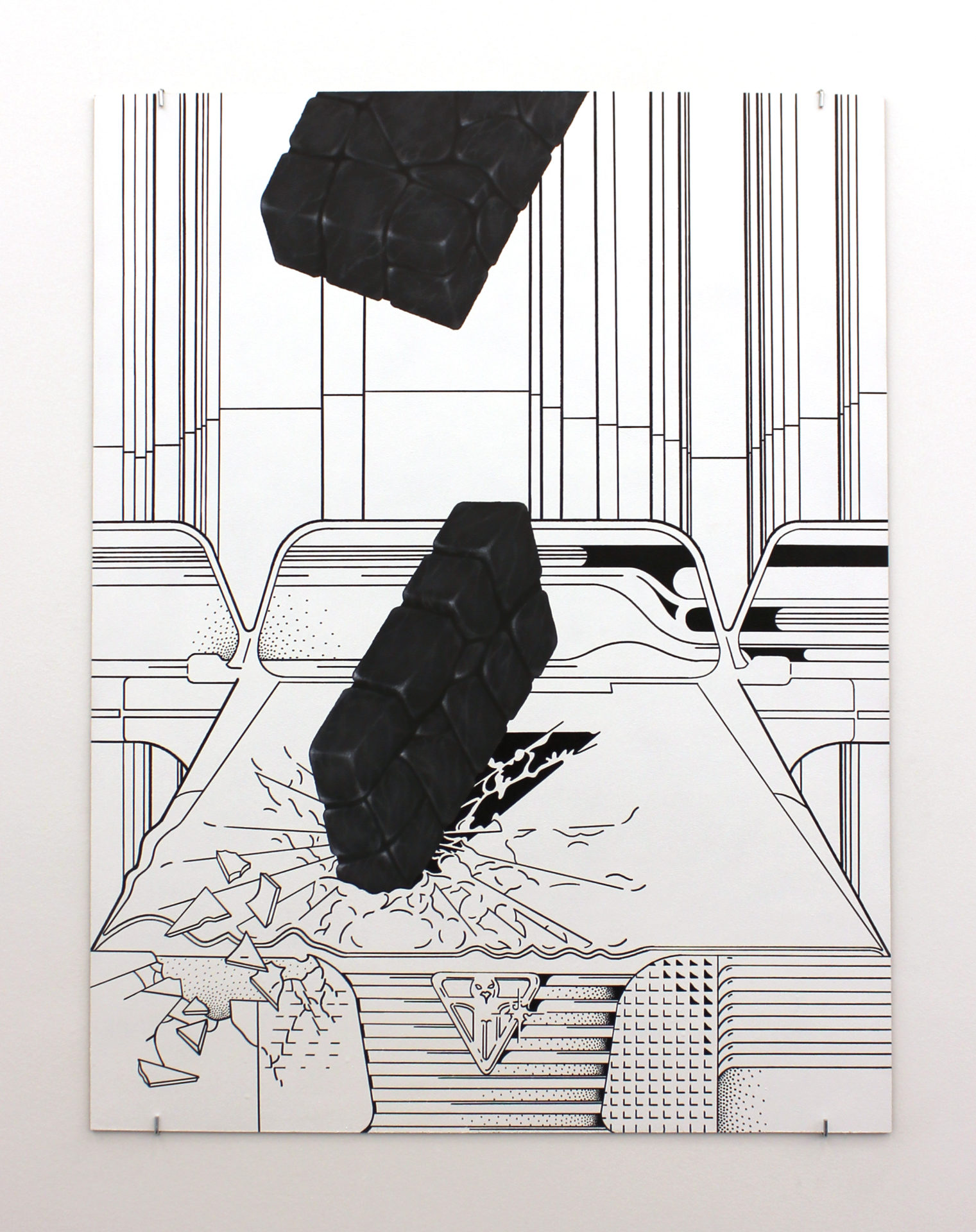


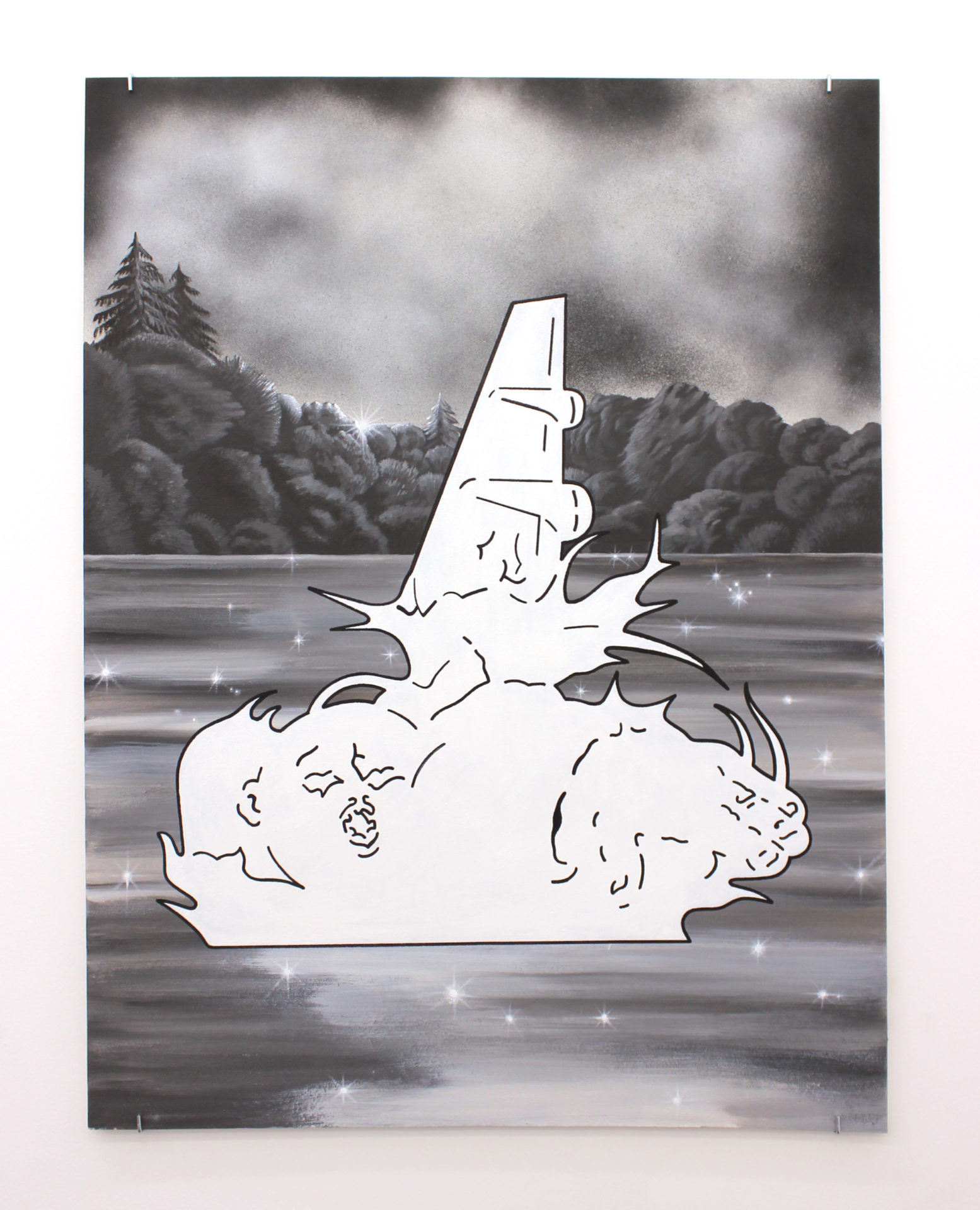
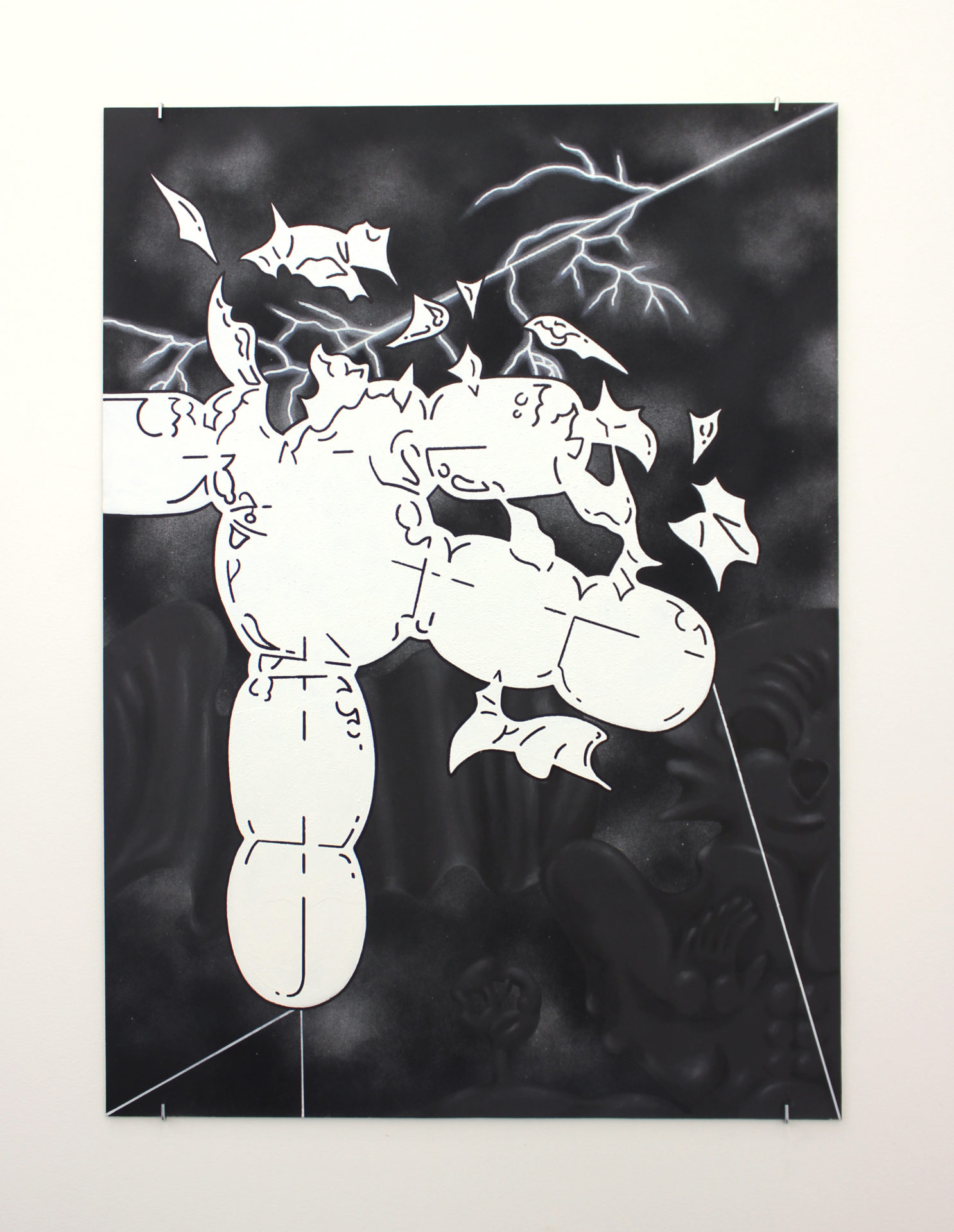
Opposed to Weekend, the Them series drops the somewhat realistic spray-painted backgrounds and inserts and hyper-focuses on the line and the dot in crystal-clear frozen instants. A sci-fi-vibes zine from Vienna premiered the 12-piece work on its pages. Both series are inspired by a sense of movement, moment, breaking things and constructing them again. “I use a lot of things to surprise me while drawing and trying to make the viewer feel something,” describes Jul. He also doesn’t hide that it’s his intention to make his works somewhat cryptic and open to interpretation: “I really want to do images you don’t get immediately, and which you want to see again and again to feel different things.”

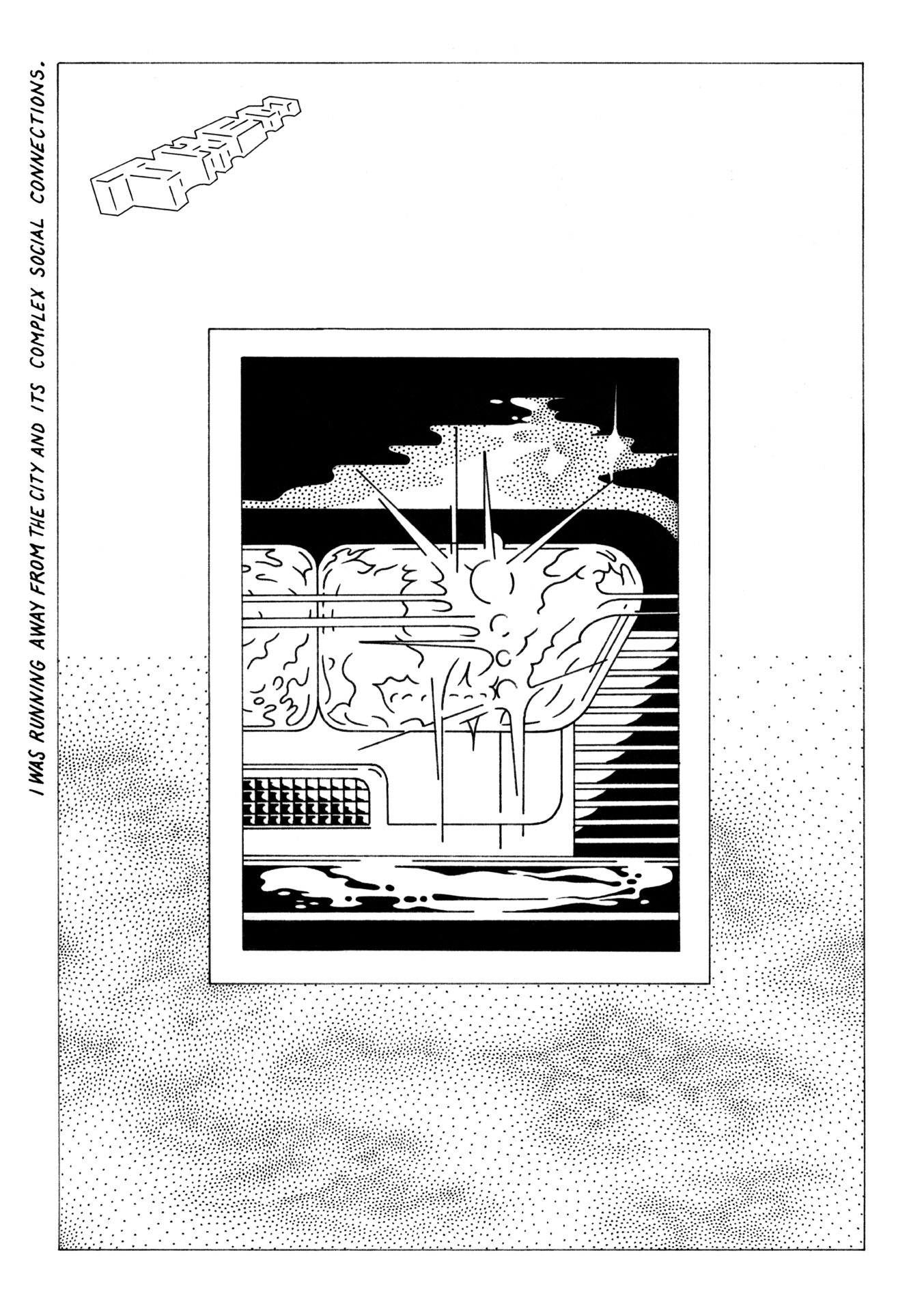
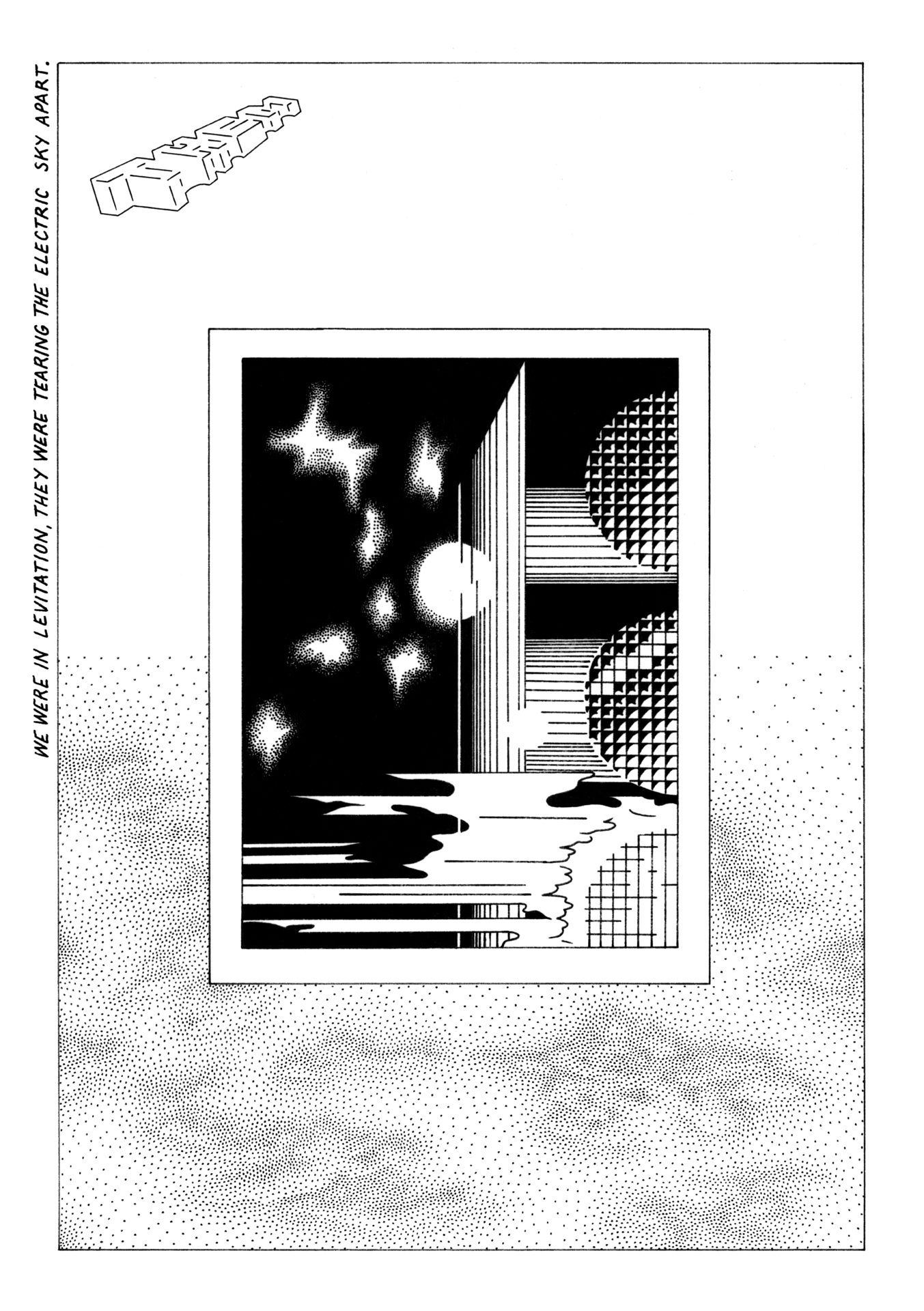
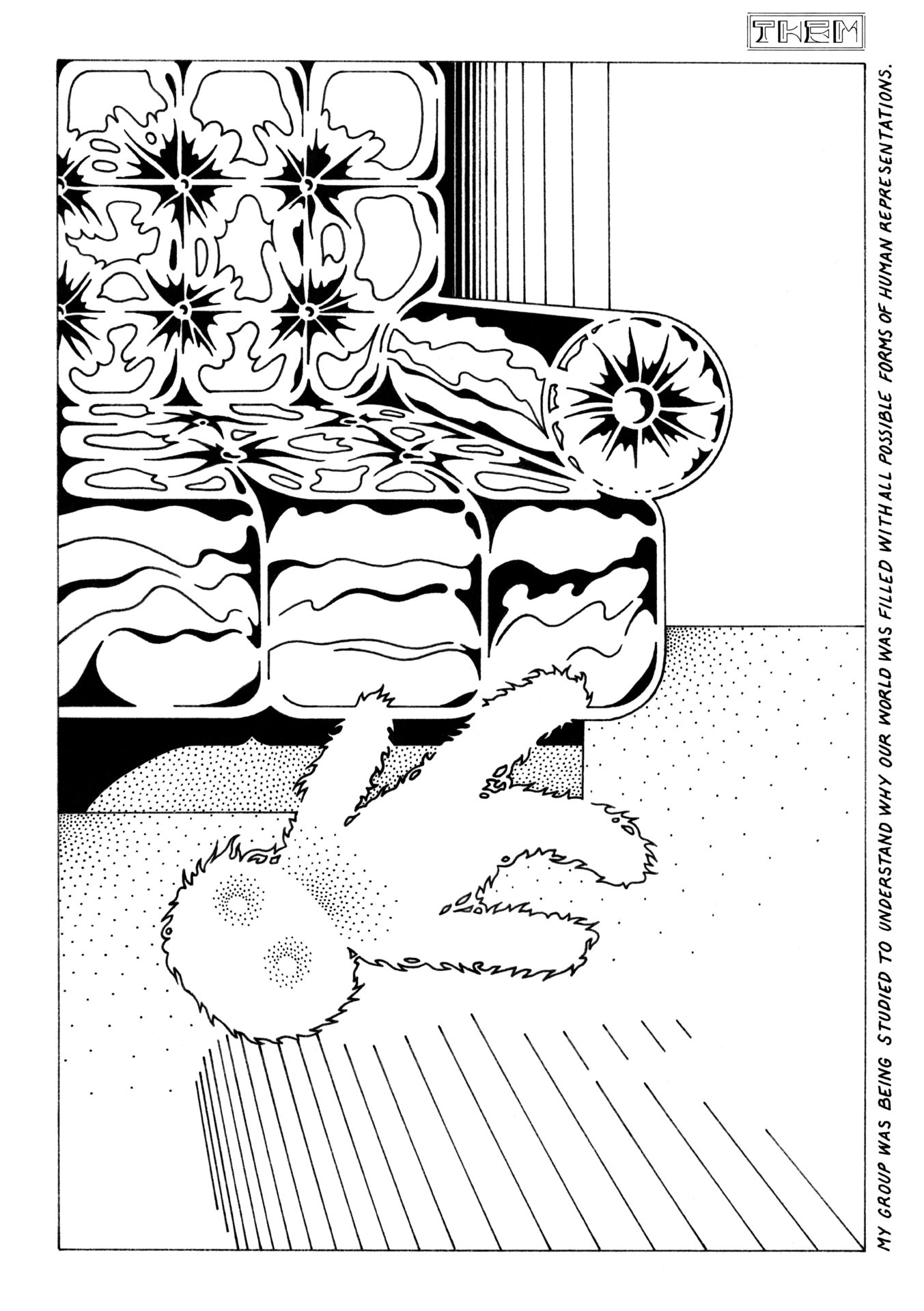


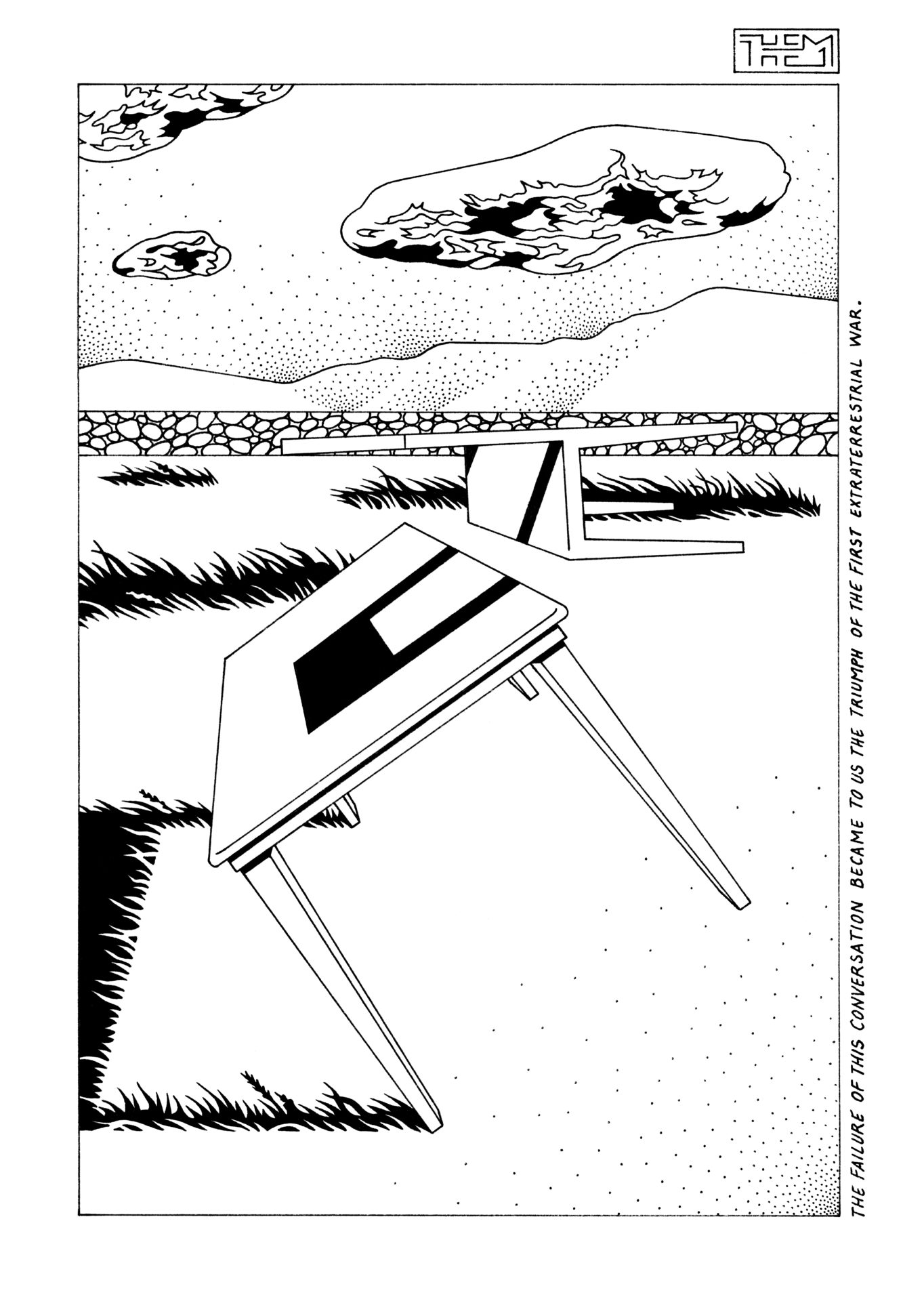
Besides black & white schemes, Jul also uses colours with gusto and art brut abandon, so head over to his Instagram to feast your eyes some more.
Credits
Artwork / Jul Quanouai
Text / Františka Blažková

